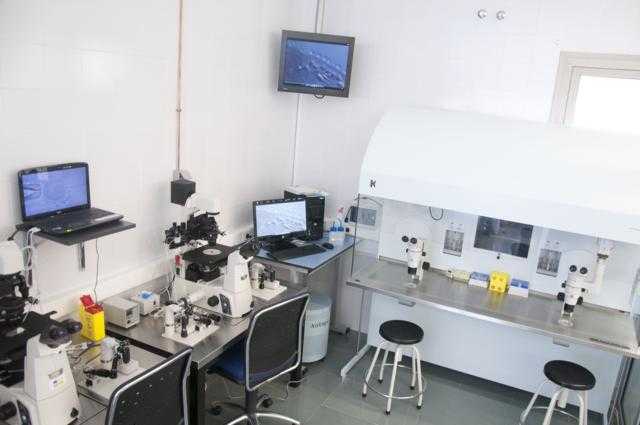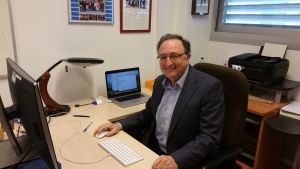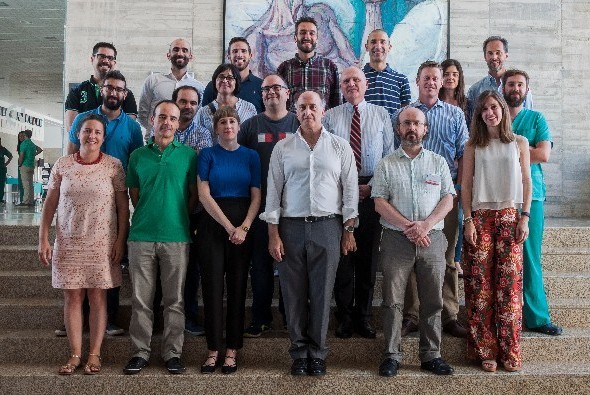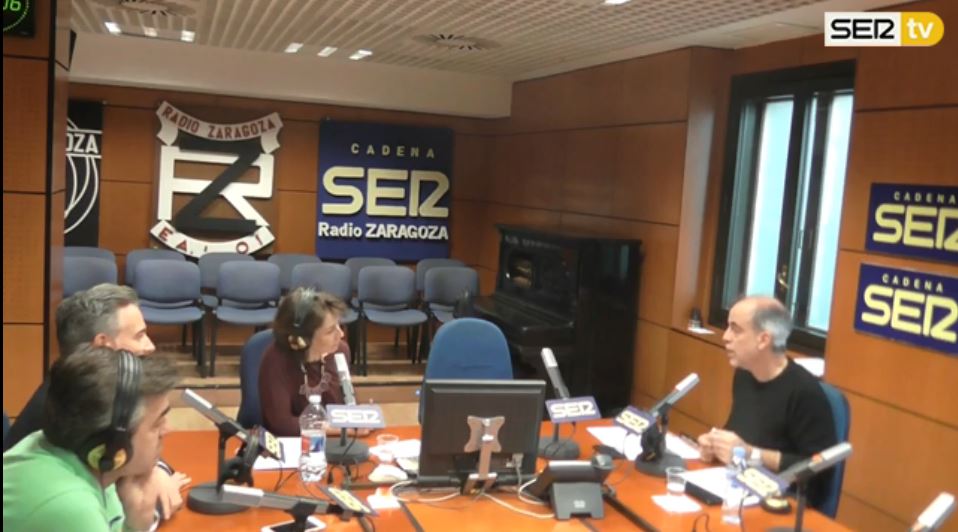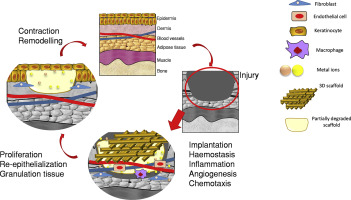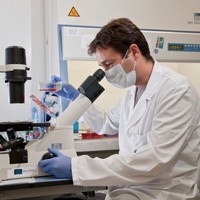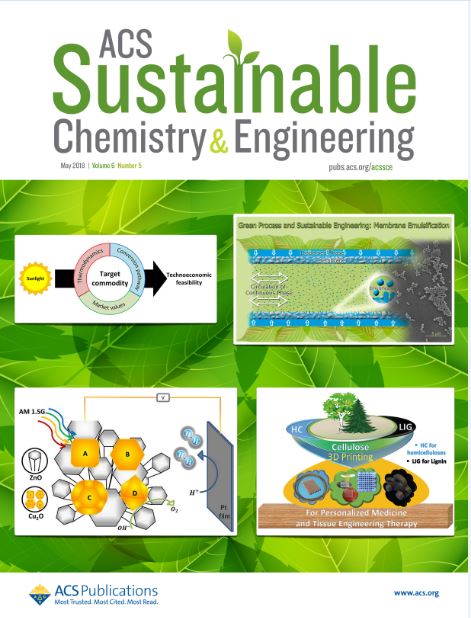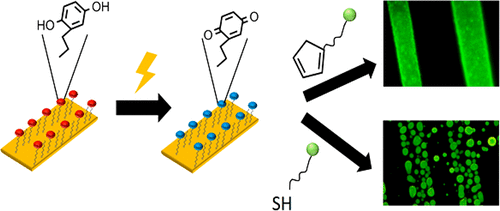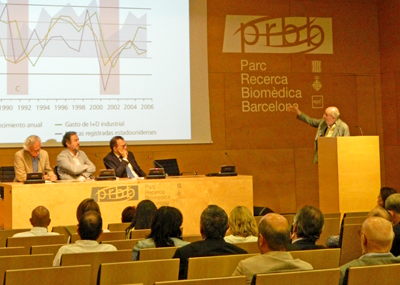Gold/Silver/Gold Trilayer Films On Nanostructured Polycarbonate Substrates For Direct And Label‐Free Nanoplasmonic Biosensing
Laura Lechuga, Scientific Director of NANBIOSIS U4. Biodeposition and Biodetection Unit is coathor of the article “Gold/Silver/Gold Trilayer Films On Nanostructured Polycarbonate Substrates For Direct And Label‐Free Nanoplasmonic Biosensing” published by
Ultrasmooth gold/silver/gold trilayer nanostructured plasmonic sensors were obtained using commercial Blu-ray optical discs as nanoslits-based flexible polymer substrates. A thin gold film was used as an adhesion and nucleation layer to improve the chemical stability and reduce the surface roughness of the overlying silver film, without increasing ohmic plasmon losses. The structures were physically and optically characterized and compared with nanostructures of single gold layer. Ultrasmooth and chemically stable trilayer nanostructures with a surface roughness <0.5 nm were obtained following a simple and reproducible fabrication process. They showed a Figure of Merit (FOM) value up to 69.2 RIU-1 which is significantly higher (more than 95%) than the gold monolayer ounterpart.
Their potential for biosensing was demonstrated by employing the trilayer sensor for the direct and refractometric (label-free) detection of CRP protein biomarker in undiluted urine achieving a LOD in the pM order.
Article: DOI: 10.1002/jbio.201800043










